-
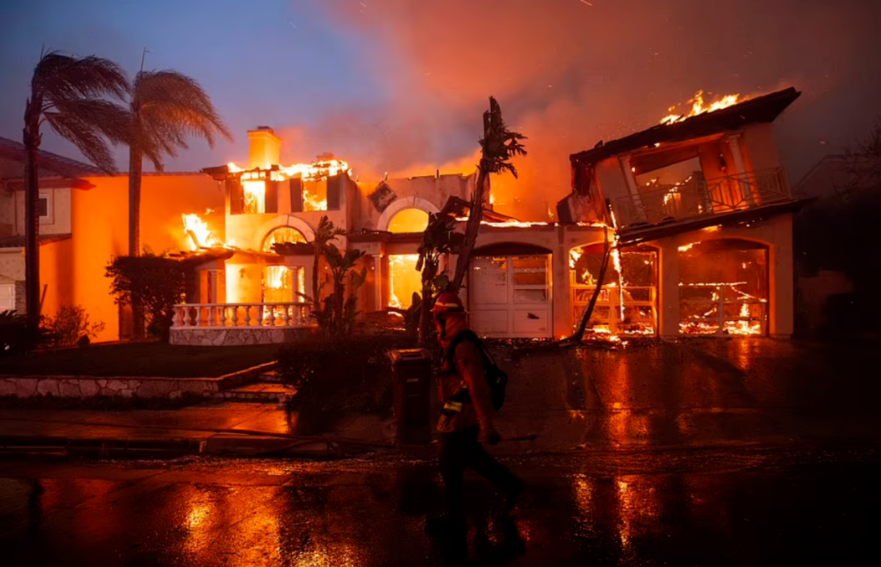
Pacific Palisades, Los Angeles: Wildfires rage on
On January 7, a wildfire broke out in the Pacific Palisades region of Los Angeles, fueled by strong winds and spreading rapidly. As of January 8, at least two people have been killed, many seriously injured, more than 1,000 structures have been destroyed, and the fire has reached 15,800 acres, which is still rapidly expanding.…
-
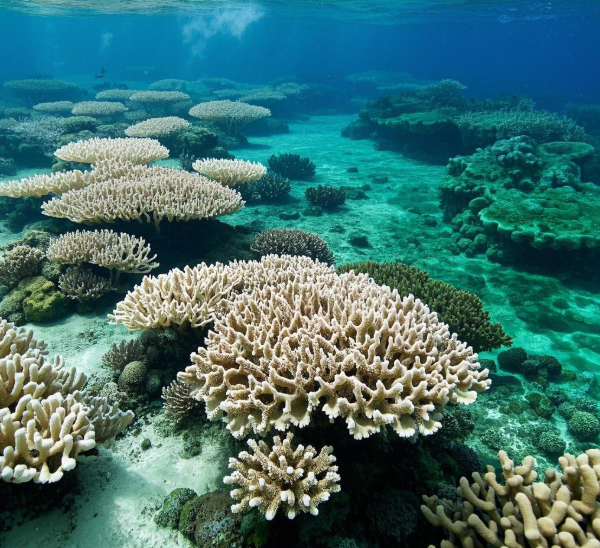
Coral bleaching continues on the Great Barrier Reef
Australia’s Great Barrier Reef is still not looking good in 2025 after several coral bleaching events. Rising ocean temperatures, acidification of seawater and other factors have led to continued damage to the coral reef ecosystem, which not only affects marine biodiversity, but also has a huge impact on local tourism and fisheries and other industries…
-

2025 New Year’s Fireworks: A Silent Alarm for Environmental Pollution
During the New Year 2025 celebrations, fireworks set off around the world can be harmful to human and animal health as well as the environment. Pollutants from fireworks can reduce air quality and damage lungs, and the particulate matter they produce can lead to heart attacks, strokes and premature deaths, among other things. In addition,…
-

Hawaii’s Kilauea volcano erupts
At 2:30 a.m. local time on December 23, Hawaii’s Kilauea volcano suddenly erupted, sending lava rushing out of the crater, which was temporarily confined to the caldera area of Hawaii Volcanoes National Park, but its subsequent impacts were felt beyond its boundaries. Sulfur dioxide and other harmful gases released by the eruption pose a threat…
-
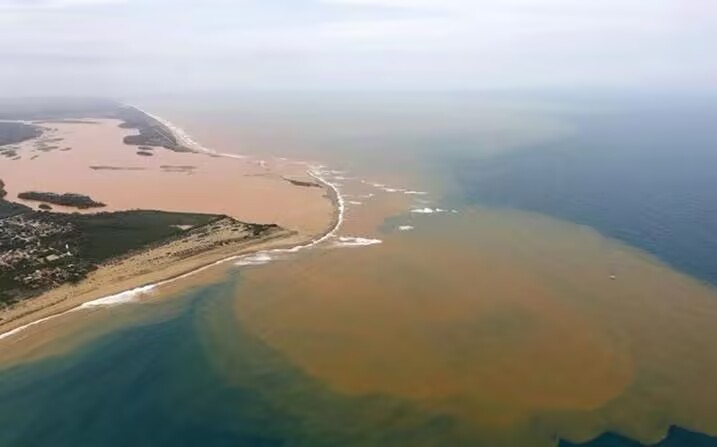
Ghana Gold Rush Pollution
In Ghana, small-scale unlicensed gold mining has caused serious pollution. Heavy metals such as mercury and chemicals such as cyanide are used to extract gold from excavated soil, and toxic wastewater from dozens of unregulated mines flows into the 400-kilometer-long Tano River, which then flows into neighboring Côte d’Ivoire and ultimately into the Atlantic Ocean,…
-
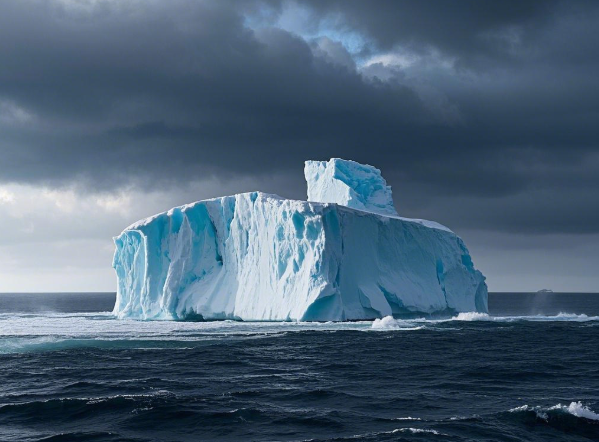
Storm crisis triggered by declining Antarctic sea ice and its impacts
Record low Antarctic sea ice extent has led to an increase in the frequency of storms over the emerging ice-free ocean. In late November, Storm Burt continued to hit the United Kingdom hard, causing widespread traffic disruption and chaos in the power system and the lives of residents there, while at the same time a…
-
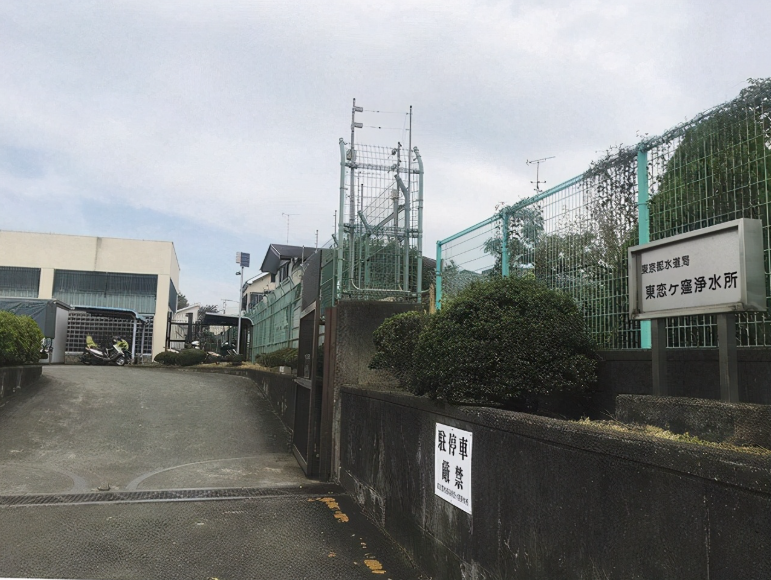
Yokota base contamination: the “legacy” of U.S. troops in Japan
On December 22, 2024, it was reported that personnel from the Japanese Ministry of Defense and other departments entered the U.S. Army Yokota base in Japan to investigate a leak of hazardous pollutants. In July last year, the U.S. military admitted that there had been a leak of fire extinguishing agents containing perfluorinated and polyfluoroalkyl…
-
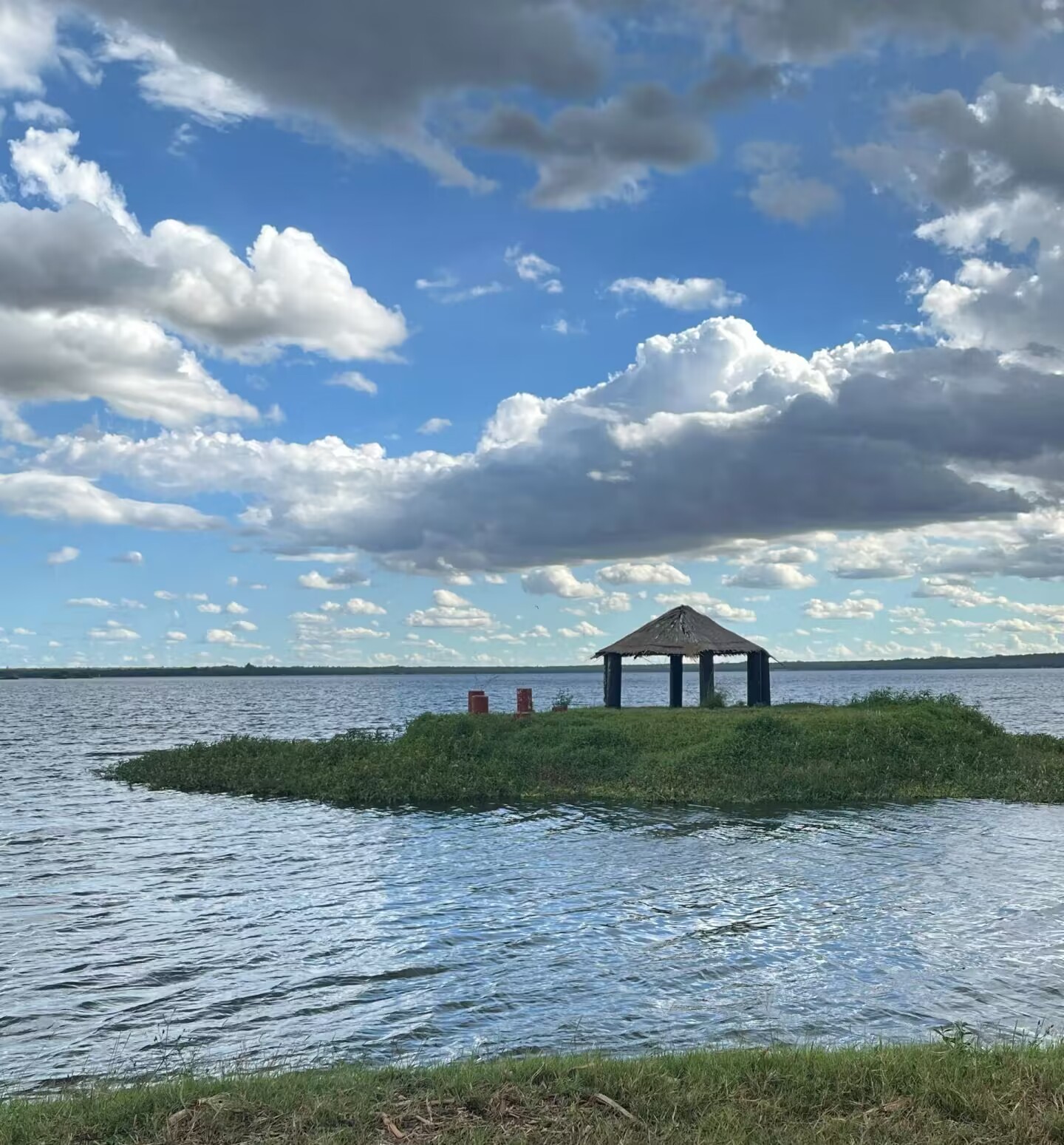
Lake Chivero Pollution in Zimbabwe
On December 14, 2024 local time, the Zimbabwe Wildlife Authority confirmed that four rare white rhinos died after drinking water from the polluted Lake Chivero. In the past week, three zebras, four wildebeests, four fish eagles, several goats and cattle have also died after drinking water from the lake. According to preliminary investigations, the deaths…
-
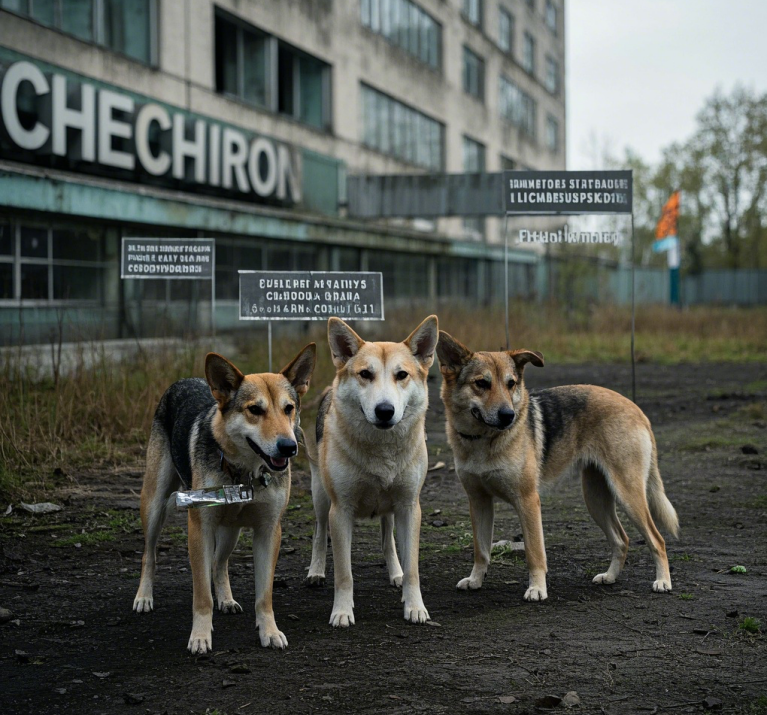
Environmental Hazards: The Miracle of Life in the Nuclear Shadow
Recently, U.S. scientists noted that stray dogs near the site of the Chernobyl nuclear disaster showed immunity to radiation, heavy metals and pollution. Scientists collected blood samples from 116 stray dogs and found that two populations were genetically significantly different from neighboring dogs and had adapted to long-term exposure to toxic environments of radiation, heavy…
-

Pakistan’s Lahore haze dilemma
Pakistan’s second largest city, Lahore, has been experiencing severe haze, with the highest PM2.5 concentration reaching 610 micrograms per cubic meter, far exceeding the safety line announced by the WHO. The local government implemented a “green blockade” policy, including banning traffic on some congested roads in the central city and suspending construction works, but the…